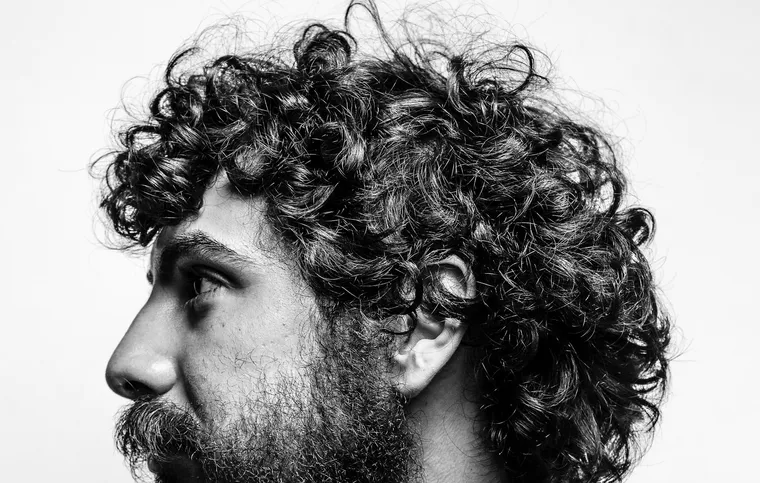Hair transplants have become a popular solution for individuals experiencing hair loss. This cosmetic procedure involves moving hair follicles from one part of the body to the balding areas, creating a fuller and more natural-looking head of hair. While effective, the cost and details of hair transplants can vary significantly depending on several factors.
Types of Hair Transplants
There are two primary methods of hair transplantation: Follicular Unit Transplantation (FUT) and Follicular Unit Extraction (FUE).
- FUT, also known as strip surgery, involves removing a strip of scalp from the donor area, usually the back of the head. The strip is then divided into individual follicular units, which are transplanted to the balding area. FUT can be more cost-effective but may leave a linear scar.
- FUE involves extracting individual hair follicles directly from the donor area using a small punch tool. These follicles are then implanted into the thinning or balding areas. FUE is less invasive than FUT, leaving minimal scarring, and often has a quicker recovery time. However, it is typically more expensive due to the meticulous nature of the procedure.
Cost Factors
The cost of hair transplant procedures can vary widely based on several factors:
- Procedure Type: As mentioned, FUE generally costs more than FUT due to the labor-intensive process of extracting individual follicles.
- Number of Grafts: The extent of the hair loss and the number of grafts required play a significant role in determining the total cost. A graft can contain one to four hair follicles, and costs are often calculated per graft.
- Geographic Location: The cost of hair transplants can vary significantly depending on the geographic location of the clinic. Clinics in major metropolitan areas or countries known for medical tourism may offer different pricing structures.
- Surgeon’s Experience: The expertise and reputation of the surgeon can impact the cost. Highly experienced surgeons with a proven track record may charge higher fees for their services.
- Clinic Facilities: The quality of the clinic, including the facilities and technology used, can also affect the overall cost. Clinics with advanced equipment and a high level of patient care may charge more.
Additional Considerations
Recovery and Results: Recovery time varies depending on the procedure type. FUT may require a longer healing period due to the strip removal, while FUE generally has a faster recovery. Full results from a hair transplant can take several months to become visible, as transplanted hair gradually grows.
Consultations and Follow-ups: It is crucial to have a thorough consultation with a qualified surgeon to discuss goals, expectations, and the most suitable procedure. Follow-up visits may be necessary to monitor progress and address any concerns.
Conclusion
Hair transplants can be a life-changing procedure for those experiencing hair loss, offering a permanent solution to regrow hair naturally. While costs can vary depending on the method, the number of grafts, and other factors, understanding these details can help potential patients make informed decisions. Consulting with a reputable and experienced surgeon is essential to achieving the best possible results and ensuring a smooth and successful hair restoration journey.
